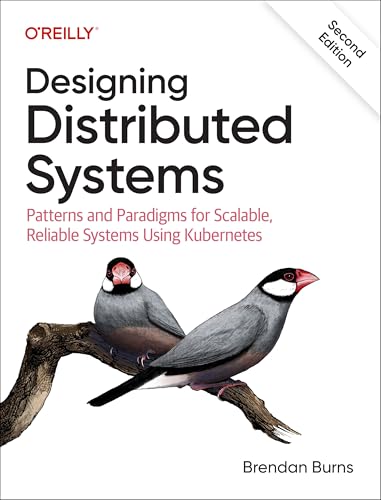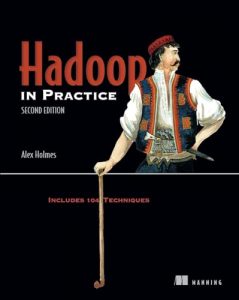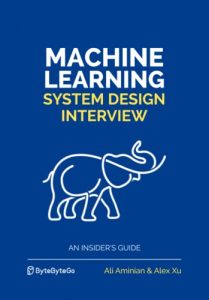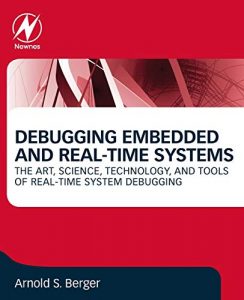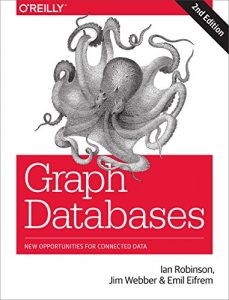1. Designing Distributed Systems: Patterns and Paradigms for Scalable, Reliable Systems Using Kubernetes
“Designing Distributed Systems” by Brendan Burns offers invaluable insights into building scalable and reliable systems using Kubernetes. This book is a must-read for software architects and developers alike, providing foundational patterns and paradigms that can transform your approach to distributed system design. With its practical examples and clear explanations, readers will gain a solid understanding of how to efficiently manage system complexities, ensuring high availability and fault tolerance. Whether you are a novice eager to learn or an experienced developer looking to refine your skills, this book is an essential addition to your library.
2. Solutions Architect’s Handbook: Kick-start your career with architecture design principles, strategies, and generative AI techniques
Elevate your career with “Solutions Architect’s Handbook” by Saurabh Shrivastava and Neelanjali Srivastav. It serves as a comprehensive guide to architecture design principles and strategies, paired with innovative generative AI techniques. This book is tailored for aspiring architects and seasoned professionals who seek to harness these advancements to enhance system efficiency and performance. Its approachable format and real-world applications make it a perfect tool for both practical implementation and theoretical comprehension of architecture fundamentals.
3. Foundations of Scalable Systems: Designing Distributed Architectures
Ian Gorton’s “Foundations of Scalable Systems” is another critical asset for engineers focusing on designing distributed architectures. The book walks through the core building blocks that facilitate scalability and reliability in systems. It emphasizes structured approaches to design principles that ensure success in deploying scalable systems that can handle growth efficiently. Gorton’s expertise shines through as he explains complex ideas clearly, making it accessible for anyone looking to advance their knowledge in this fast-evolving field.
4. Model-Based System Architecture (Wiley Series in Systems Engineering and Management)
This seminal work, featuring contributions from Marco Forlingieri, Jesko G. Lamm, Stephan Roth, and Markus Walker, provides a deep dive into model-based systems architecture. Suitable for practitioners and academics alike, the book outlines sophisticated methodologies for modeling complex systems, ensuring alignment between business needs and technical solutions. Its emphasis on systematic thinking is essential for engineers aiming to streamline processes and reduce risks in system development.
5. The Practice of Enterprise Architecture: A Modern Approach to Business and IT Alignment (Enterprise Architecture Research)
Svyatoslav Kotusev’s “The Practice of Enterprise Architecture” is an essential read for professionals aiming to bridge the gap between IT and business strategy. This book presents a contemporary approach to enterprise architecture, focusing on alignment and integration of IT solutions with organizational goals. With practical frameworks and case studies, Kotusev guides readers through the challenges faced by enterprise architects today, making it a vital resource in understanding the role of enterprise architecture in driving business success.
6. Windows Internals: System architecture, processes, threads, memory management, and more, Part 1 (Developer Reference)
“Windows Internals” co-authored by Pavel Yosifovich, Mark E. Russinovich, David A. Solomon, and Alex Ionescu, is the definitive guide to understanding the internals of the Windows operating system. This book digs deep into system architecture, delving into processes, threads, and memory management. Ideal for system administrators, developers, and anyone who seeks a robust understanding of Windows internals, this comprehensive resource is essential for troubleshooting and optimizing Windows operating systems.
7. PCI Express System Architecture
“PCI Express System Architecture” offers an in-depth exploration of the PCI Express interface, which is critical for modern computing environments. Authored by Don Anderson, Tom Shanley, and Ravi Budruk, this book presents detailed architectural concepts that underpin high-speed connections in computer hardware. This text is essential for engineers and professionals wanting to understand the inner workings of PCI Express, as well as system developers looking to implement reliable hardware solutions.
8. Embedded Systems Architecture: Design and write software for embedded devices to build safe and connected systems, 2nd Edition
Daniele Lacamera’s “Embedded Systems Architecture” is your guide to designing robust software for embedded systems. This updated edition focuses on building safe, connected systems that meet modern standards. Through clear examples and practical advice, this book takes readers from the fundamentals of embedded system design to advanced programming techniques, making it essential for developers in this vital area of technology.
9. Software Architecture Patterns for Serverless Systems: Architecting for innovation with event-driven microservices and micro frontends
John Gilbert’s “Software Architecture Patterns for Serverless Systems” introduces readers to modern software architecture challenges and solutions. It cleverly intertwines trends like event-driven microservices with innovative serverless approaches. This book is perfect for architects and software engineers seeking to innovate while managing complexity in their solutions. The numerous patterns and architectural styles presented are essential for professionals striving to deploy effective and scalable applications.
10. GPU Architecture: The Ultimate Guide to Building High-Performance Computing Systems
Exploring high-performance computing systems, “GPU Architecture” by Cobbs Walker stands out as an essential resource for understanding graphic processing units’ architecture. This book presents principles that not only focus on GPU theory but also practical designs applicable in contemporary computing environments. Whether you are delving into AI, deep learning, or any high-performance computing projects, this book embedded with expertise is pivotal for anyone looking to boost their performance capabilities.

